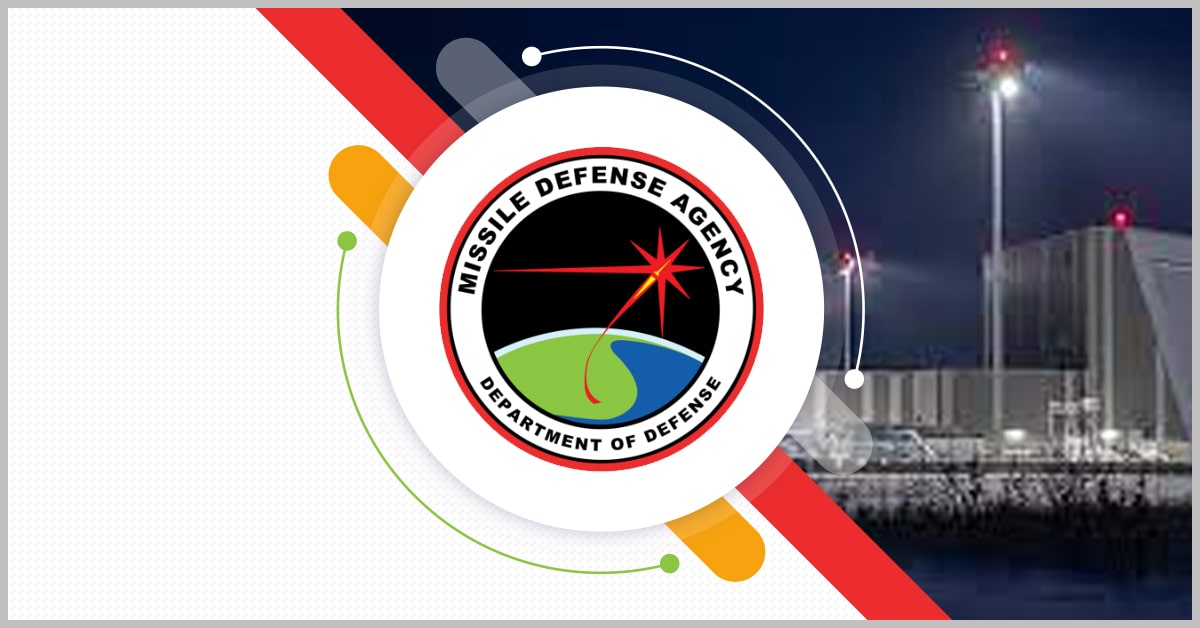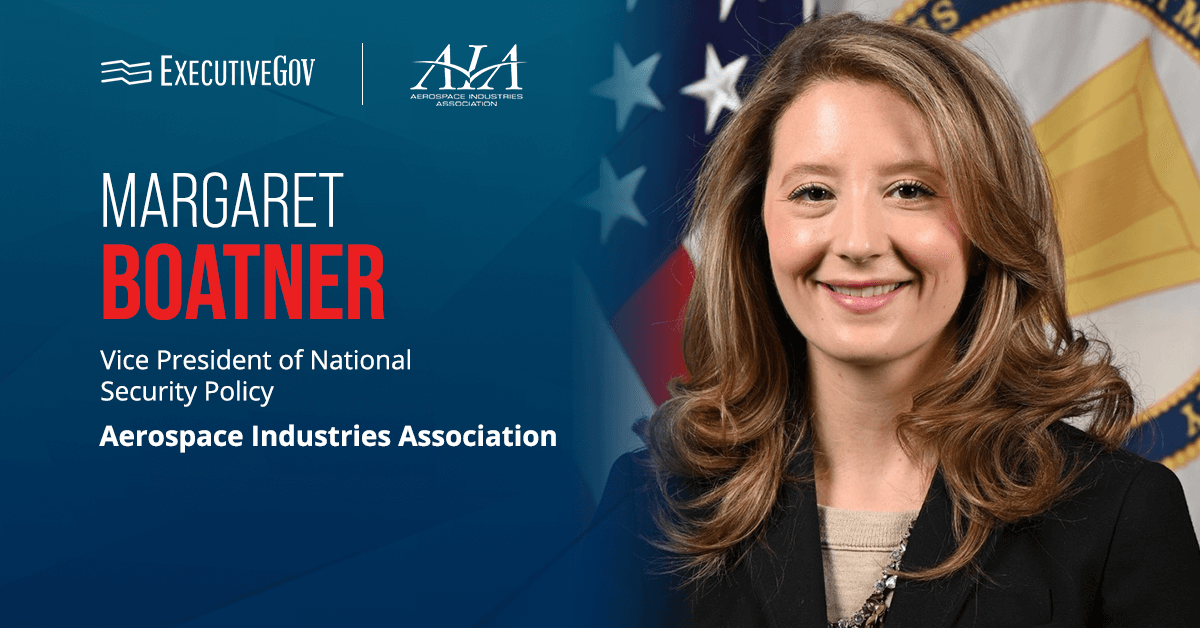The Defense Counterintelligence and Security Agency’s Office of the Chief Financial Officer has saved over 17,200 manpower hours after automating tedious and repetitive tasks. OCFO said Monday that it has so far implemented 28 automated solutions to boost efficiency and alleviate workload.
DCSA Introduces Intelligent Automation to Financial Processes
Among the intelligent tools OCFO has implemented across the agency is the G-Invoicing Orders Outreach Automation, which is designed to update tracking documents and ensure accurate records of orders. The technology alerts relevant individuals whenever there is a status change on their respective orders, significantly reducing the time agency workers spend on manual follow-up and improving customer service.
The G-Invoicing Orders Outreach Automation is compatible and interacts with the Department of the Treasury’s G-Invoicing system for managing and approving interagency agreements.
OCFO also uses automation to rapidly deactivate an account within the Defense Agencies Initiative, or DAI, portal. The DAI Deactivation Automation removes user data, ensuring compliance with agency protocols. It eliminates the manual processing of identifying and deleting user data from the platform, reducing the risk of human error.
According to OCFO’s Financial Management Systems and Data Division, adopting automation has led to more agile and effective financial management operations. Aside from time-saving, intelligent automation tools maintain trustworthy data by eliminating inconsistencies and redundancies and streamlining processes.












